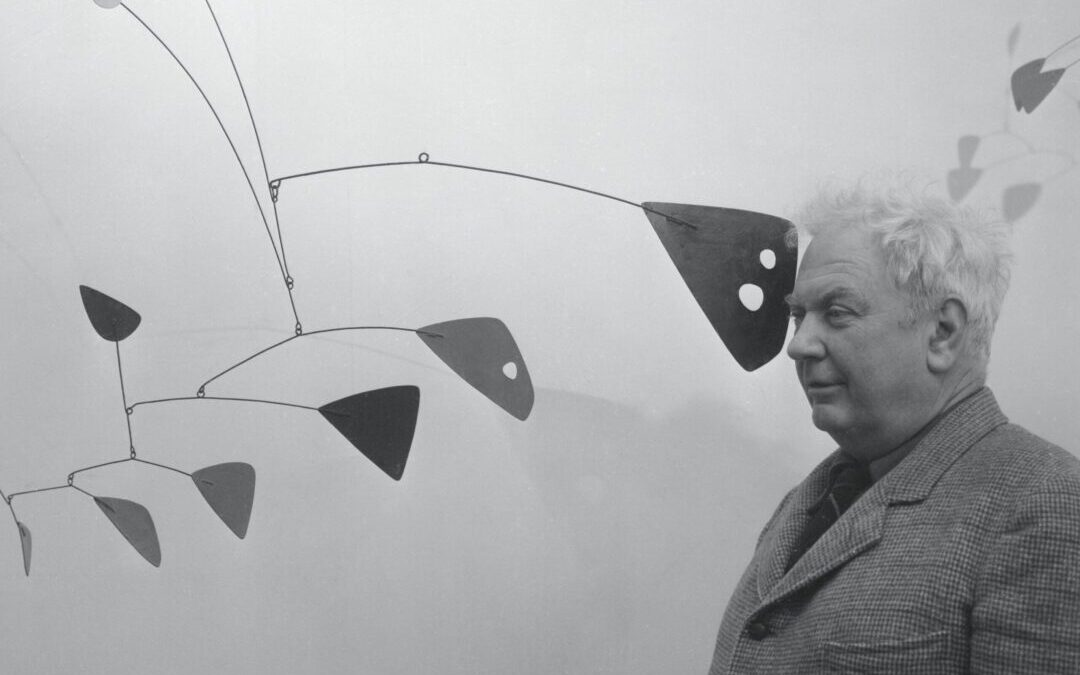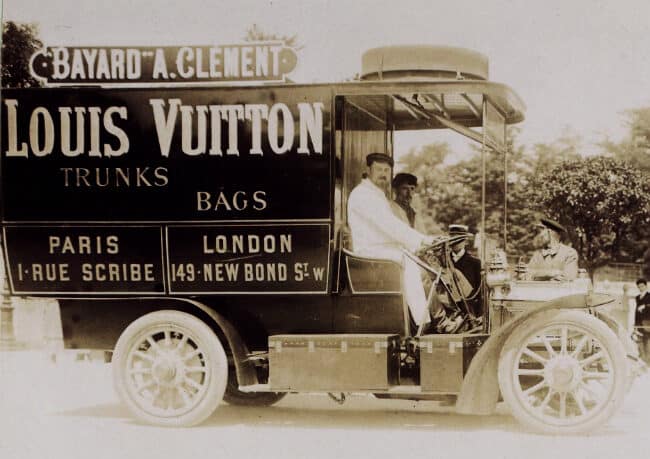The idea of movement in static art may come across as a bit of a surprise for the uninitiated, but for those who are fascinated by the concept, you may have Alexander Calder to thank for it. While some of his signature early pieces like the mechanical “Calder’s Circus” and other motorized works are still probably his most memorable, Calder’s work has also extended to include a variety of other mediums, from jewelry to paintings to even costumes. Here’s a closer look into his work and what helps it stand apart from the rest.
Alexander Calder’s entry in the art world was very much a family affair, with him being a fourth-generation artist. His family was mainly sculptors, and sure enough, from as early as eight years old, the young Calder was using materials like beads and copper wire to craft jewelry for his sister’s dolls. As time went on, he would end up crafting other figures from scavenged materials. In college, Calder would indulge his love of working with his hands, but not as an art, but studying engineering and applied kinetics.
Where most artists in his time (the 1930s and 1940s) were focusing on drawings on paper, Calder emulated the contour lines by using wires to create a three-dimensional spin on things of various people, animals, and objects. These were described as “linear sculptures” and added the notion of lines into the sculpture world. However, what would really end up setting Calder apart down the line, were his first “Mobiles.” These were made of lengths of wire with thin metal fins to serve as a counterbalance. This makes it possible for air moving around the piece to rearrange everything.
Perhaps the most prominent example of motion in action was the well-known Calder’s Circus. For this piece, Calder created a large collection of miniature animals, acrobats, and other figures, moved around via a set of springs and pulleys. Three films were actually made of “performances” of the circus, and it marks one of the first modern examples of an artist being both a creator and a performer in their pieces.
Moving into the 1940s, Cader would end up extending his work even further with more motorized products like A Universe. In this work, over the course of a 40-minute cycle, two spherical shapes travel at different rates, inspired by the motion of the solar system.
Whether in motion or not, Alexander Calder options are instantly recognizable for art enthusiasts. If you’re interested in rounding out your sculpture collection with the work of Alexander Calder, be sure to look into bidding at an auction gallery in Dania Beach.




